INVESTIGACIÓN CIENTÍFICA
OFERTA ACADÉMICA
INVESTIGACIÓN CIENTÍFICA
OFERTA ACADÉMICA
PUBLICACIONES RECIENTES
EVENTOS Y NOTICIAS
PUBLICACIONES RECIENTES
Sex differences in the influence of type 2 diabetes (T2D)-related genes, parental history of T2D, and obesity on T2D development: a case–control study
Multi-tensor diffusion abnormalities of gray matter in an animal model of cortical dysplasia
The olfactory limbus of the red fox (Vulpes vulpes). New insights regarding a noncanonical olfactory bulb pathway
Advancing Alzheimer’s Therapeutics: Exploring the Impact of
Physical Exercise in Animal Models and Patients
Accuracy and Precision of Iodine Quantifcation in Subtracted
Micro‑Computed Tomography: Efect of Reconstruction and Noise
Removal Algorithms
Neuroendocrine Differentiation of Lung Cancer Cells Impairs
the Activation of Antitumor Cytotoxic Responses in Mice
Protective effects of iodine on rat prostate inflammation induced by sex
hormones and on the DU145 prostate cancer cell line treated with TNF
Preventive Effect of Molecular Iodine in Pancreatic Disorders
from Hypothyroid Rabbits
Using temperature to analyze the neural basis of a time-based decision
Dissociation of Arousal Index Between
REM and NREM Sleep in Elderly Adults
with Cognitive Impairment, No Dementia:
A Pilot Study
KLF13 Regulates the Activity of the GH-Induced JAK/STAT Signaling by Targeting Genes Involved in the Pathway
Physiology and pathology of neuroglia
Effects of Voluntary Physical Exercise on the Neurovascular Unit in a Mouse Model of Alzheimer’s Disease
Auditory-motor synchronization varies among individuals and is critically shaped by acoustic features
Gonadotropin-releasing hormone and growth hormone act as anti-inflammatory factors improving sensory recovery in female rats with thoracic spinal cord injury
Prevention of Neurological Sequelae in Preterm Infants
Distinct beta frequencies reflect categorical decisions
A framework and resource for global collaboration in non-human primate neuroscience
Motor cortex projections to red and pontine nuclei have distinct roles during movement in the mouse
Corticospinal neurons from motor and somatosensory cortices exhibit different temporal activity dynamics during motor learning
Intense inhibitory avoidance training increases nuclear-phosphorylated glucocorticoid receptors in neurons of CA1 of hippocampus and ventral caudate putamen
Isolation of bacterial consortia with probiotic potential from the rumen of tropical calves
Fractalkine/CX3CR1-Dependent Modulation of Synaptic and Network Plasticity in Health and Disease
Preventable risk factors for type 2 diabetes can be detected using noninvasive spontaneous electroretinogram signals
The importance of thyroid hormone signaling during early development: Lessons from the zebrafish model
Alzheimer’s Disease: An Updated Overview of Its Genetics
Growth Hormone (GH) Crosses the Blood–Brain Barrier (BBB) and Induces Neuroprotective Effects in the Embryonic Chicken Cerebellum after a Hypoxic Injury
Neuroprotective and Regenerative Effects of Growth Hormone (GH) in the Embryonic Chicken Cerebral Pallium Exposed to Hypoxic–Ischemic (HI) Injury
Early bioenergetic and autophagy impairments at the Parkinson’s disease synapse
Spatial Memory and Gut Microbiota Alterations Are Already Present in Early Adulthood in a Pre-clinical Transgenic Model of Alzheimer’s Disease
Postnatal exposure to lipopolysaccharide combined with high-fat diet
consumption induces immune tolerance without prevention in spatial
working memory impairment
Chronic-Antibiotics Induced Gut Microbiota Dysbiosis Rescues
Memory Impairment and Reduces β-Amyloid Aggregation in a
Preclinical Alzheimer’s Disease Model
Speech-to-Speech Synchronization protocol to classify human participants as high or low auditory-motor synchronizers
Vasoinhibin is Generated and Promotes Inflammation in Mild Antigen-Induced Arthritis
Thrombin Cleaves Prolactin Into a Potent 5.6-kDa Vasoinhibin: Implication for Tissue Repair
Sulpiride-induced hyperprolactinaemia increases retinal vasoinhibin and protects against diabetic retinopathy in rats
The HGR motif is the antiangiogenic determinant of vasoinhibin: implications for a therapeutic orally active oligopeptide
The spike protein of SARS-CoV-2 induces endothelial inflammation through integrin α5β1 and NF-κB signaling
Global Deletion of the Prolactin Receptor Aggravates Streptozotocin-Induced Diabetes in Mice
A New Experimental Tool Toward Understanding the Regulation of Human Prolactin Secretion and Functions
Cortico-striatal circuits for bilaterally coordinated movements
EEG effective connectivity during the first year of life mirrors brain
synaptogenesis, myelination, and early right hemisphere predominance
Early detection and treatment of attention deficits in preterm and at term infants with risk factors for brain damage
The glial cell’s role in antinociceptive differential effects of
oxytocin upon female and male rats
Anorexia disrupts glutamate-glutamine homeostasis associated with astroglia in the prefrontal cortex of young female rats
Corticosterone in the dorsolateral striatum facilitates the extinction of stimulus-response memory
Thyroid hormone deficiency during zebrafish
development impairs central nervous system
myelination
MRI‑ and histologically
derived neuroanatomical atlas
of the Ambystoma mexicanum
(axolotl)
Evolution of thyrotropin-releasing factor extracellular communication units
EVENTOS
Seminario Institucional – «Sex dismorphism in the brain: cues from the biological rhythms and the autistic spectrum disorder»
...
Investigadores del INb participan en encuentro internacional sobre neurociencia
...
Registro Nacional de Gemelos, un valioso banco de datos
...
EDUROAM ¡Accede de manera gratuita a Internet!
...
Lineamientos generales para las actividades universitarias en el marco de la pandemia de Covid-19
...
INVESTIGACIÓN
CIENTÍFICA
NEUROBIOLOGÍA
CELULAR
Y MOLECULAR
En este Departamento se estudian diversos procesos neurobiológicos que abarcan desde los mecanismos básicos y fundamentales de la comunicación nerviosa, tanto química como eléctrica, hasta procesos con implicaciones clínicas, farmacológicas y zootécnicas.
NEUROBIOLOGÍA
CONDUCTUAL
Y COGNITIVA
En este Departamento se analizan los mecanismos neurobiológicos que participan en el control de la conducta y de procesos cerebrales complejos en animales y humanos.
NEUROBIOLOGÍA
DEL DESARROLLO
Y NEUROFISIOLOGÍA
En este Departamento se estudian diversos aspectos del desarrollo, funcionamiento y estructura del sistema nervioso utilizando enfoques moleculares, morfológicos, electrofisiológicos y conductuales.
OFERTA
ACADÉMICA
El Instituto de Neurobiología de la UNAM participa en diversos programas de formación de recursos humanos en Neurobiología y Neurociencias, con numerosas vertientes de investigación y desarrollo.
Participa en un programa de Licenciatura y tres de Posgrado en donde el estudiante se especializa en el conocimiento del Sistema Nervioso a través de cursos formales y seminarios, al tiempo que realiza investigación científica bajo cercana supervisión tutelar.
Enseñanza y Posgrado
Información General
LICENCIATURA
EN NEUROCIENCIAS
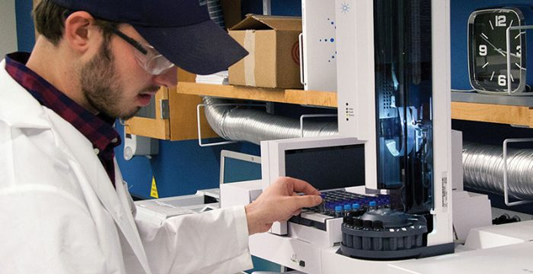
MAESTRÍA EN
CIENCIAS
(NEUROBIOLOGÍA)
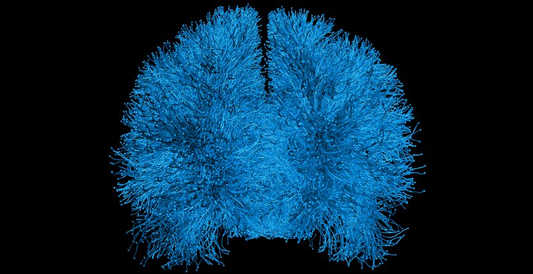
DOCTORADO EN
CIENCIAS BIOMÉDICAS
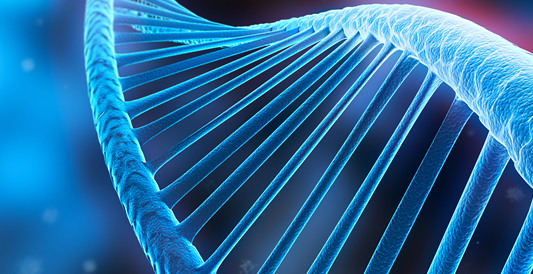
DOCTORADO EN
PSICOLOGÍA
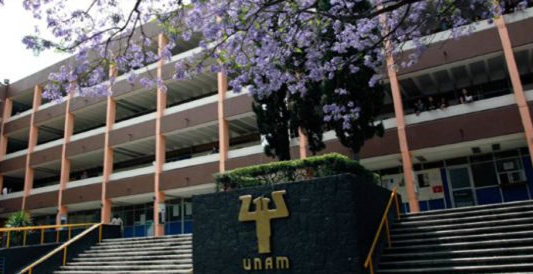
OPORTUNIDADES DE EMPLEO
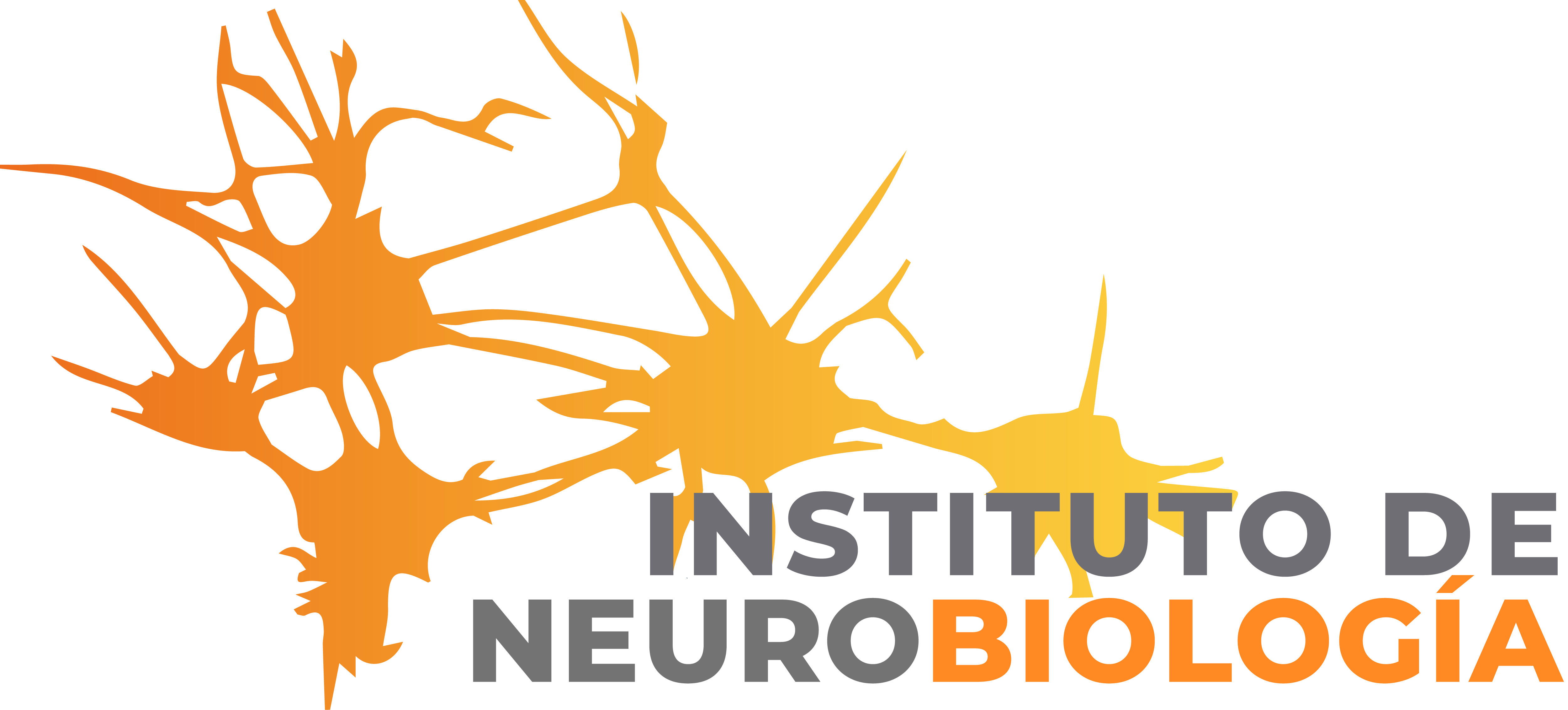
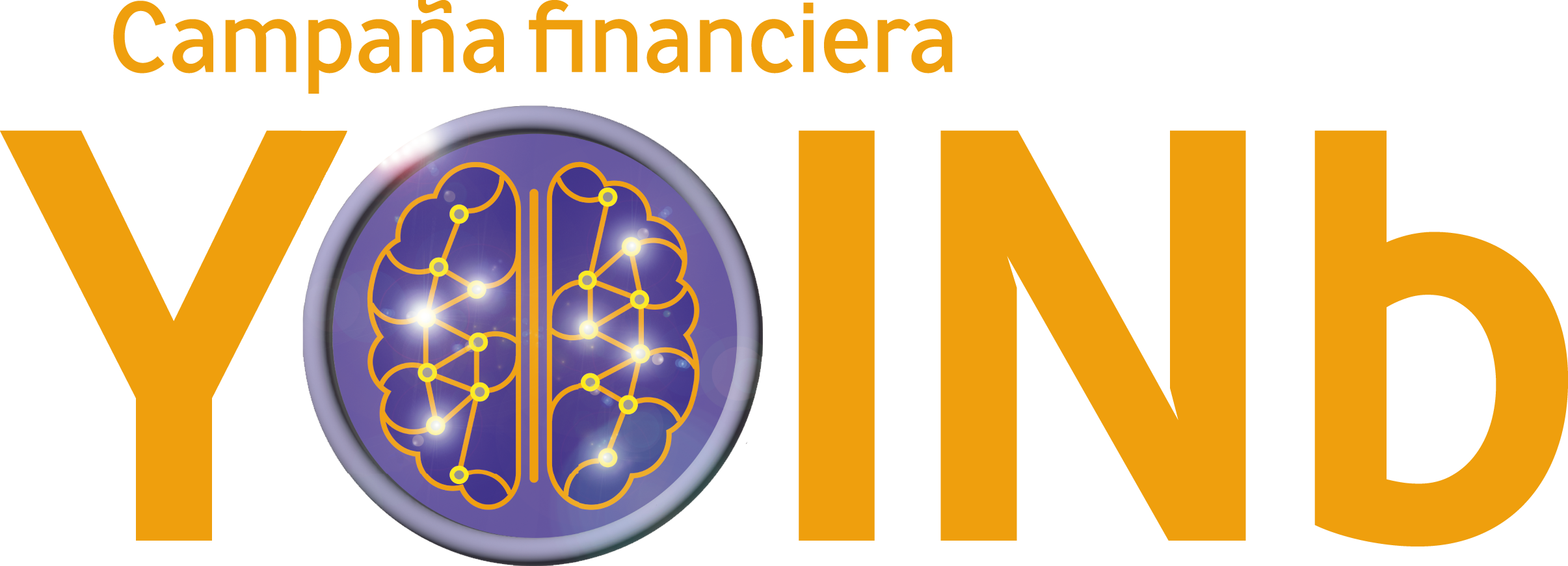
 UNIVERSIDAD NACIONAL
UNIVERSIDAD NACIONAL

